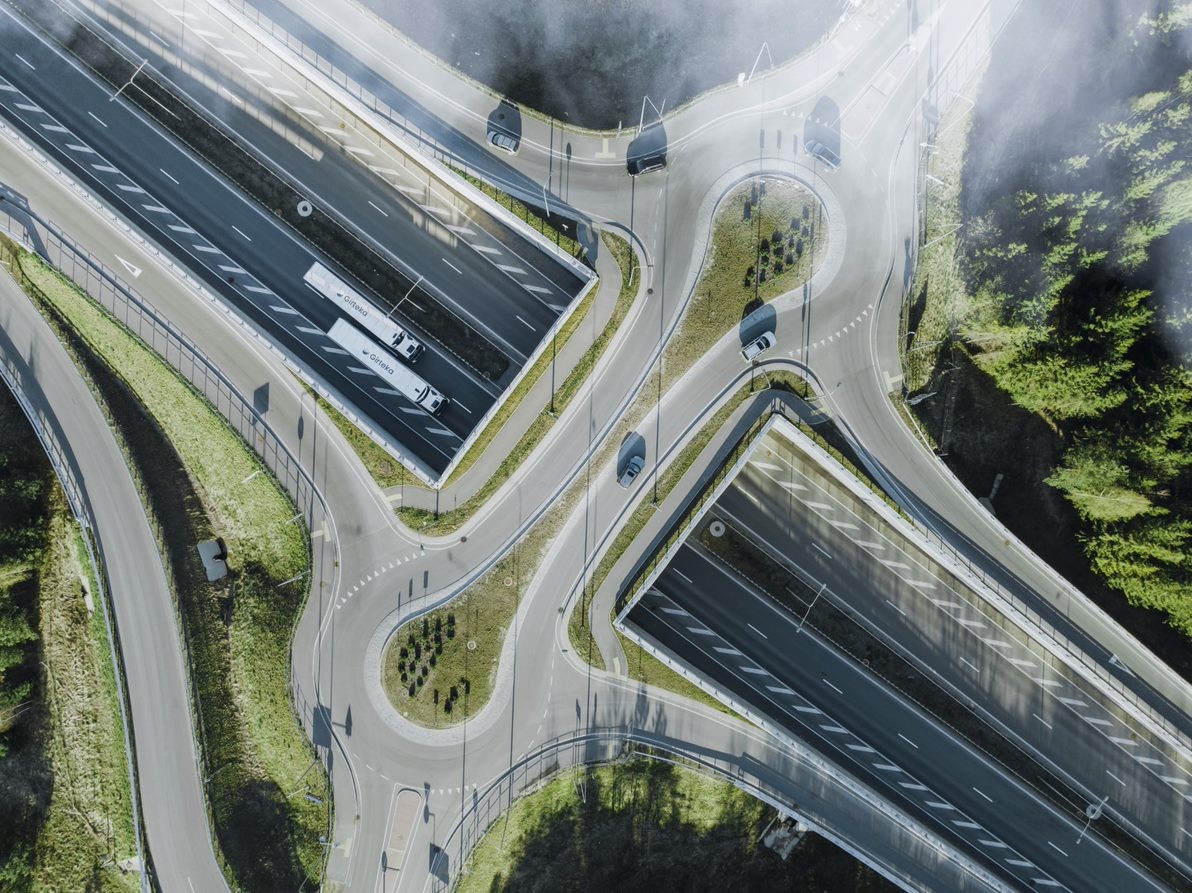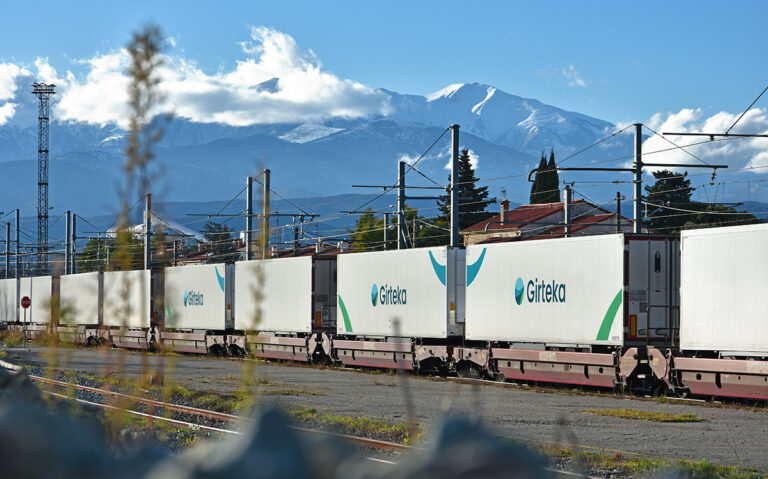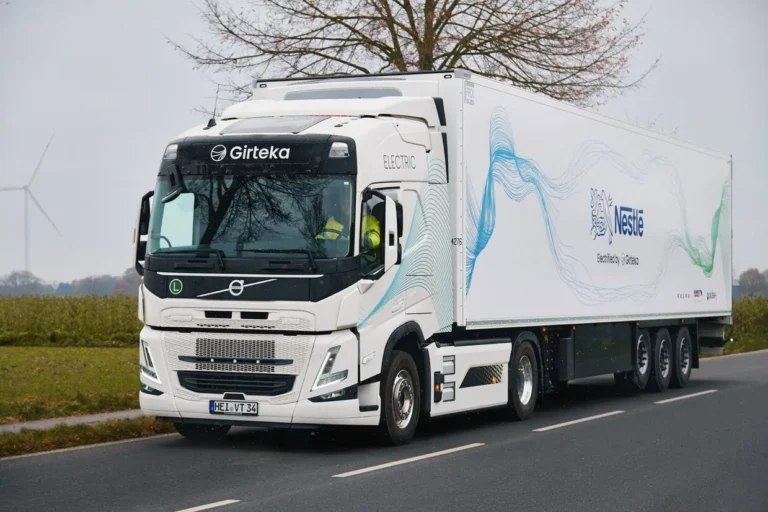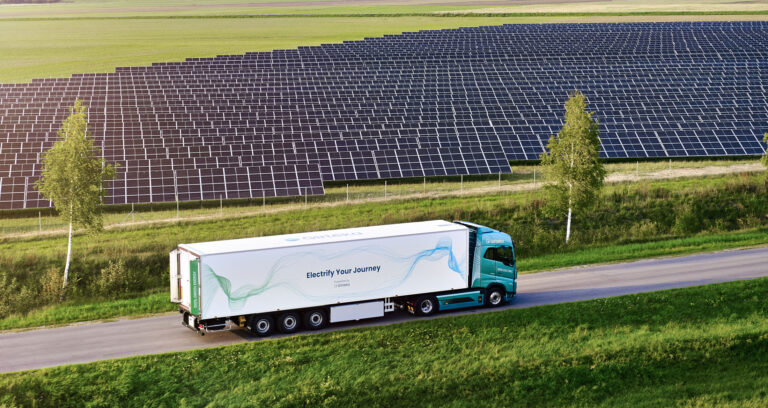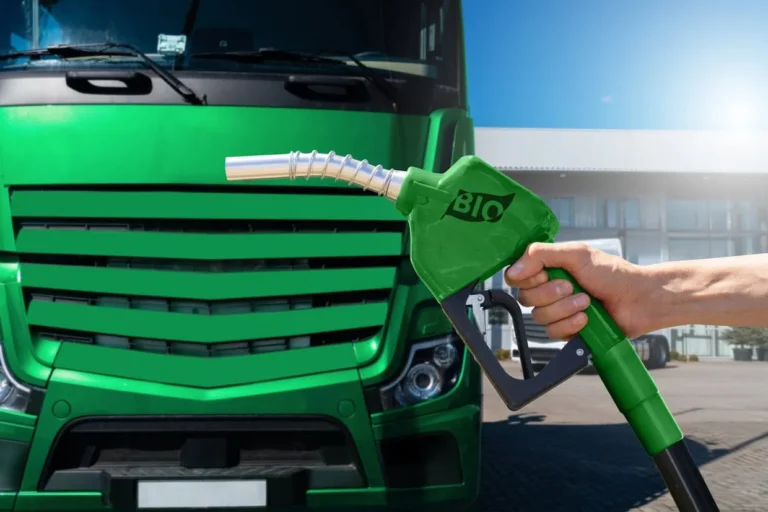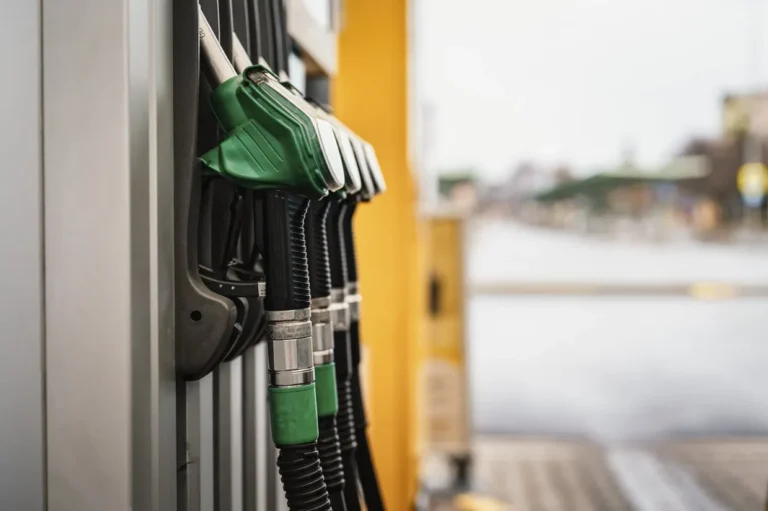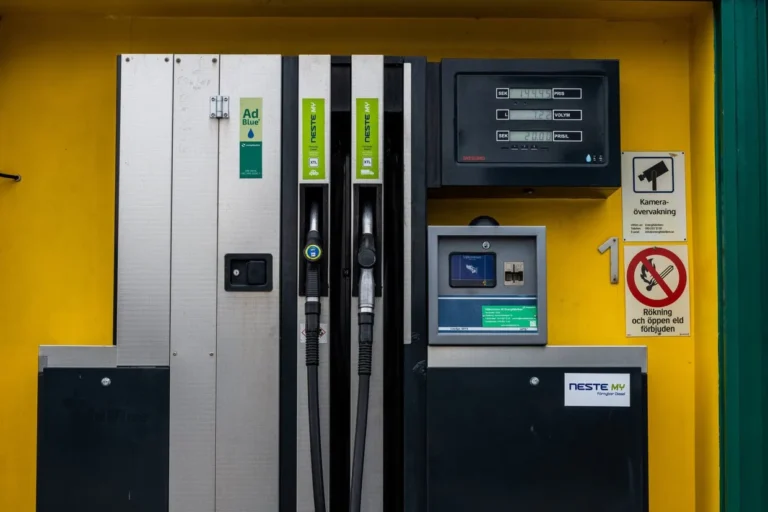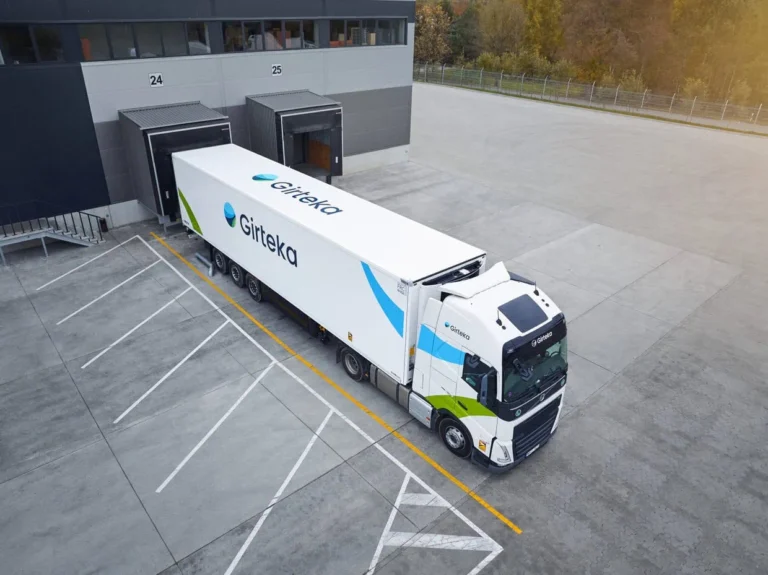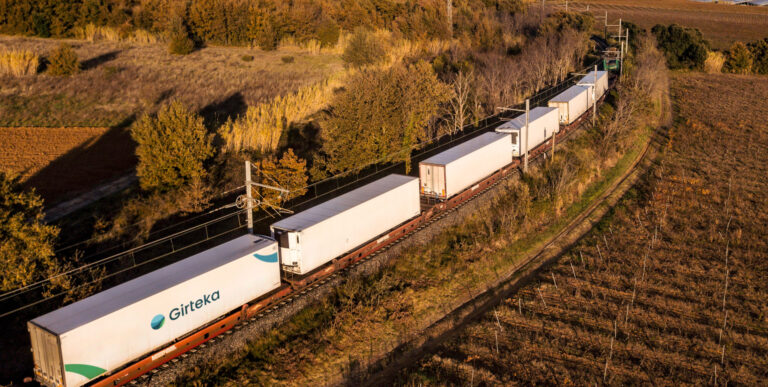There have been some significant developments in road user charges for heavy goods vehicles (HGVs) within Europe. Historically, the tolling schemes were primarily steered by factors like infrastructure maintenance costs and fair market competition. However, environmental concerns now play a significant role in shaping alterations to toll fees, particularly concerning HGVs. And with the revised and significantly broadened scope of the European Union’s Eurovignette Directive, the way that users are charged for road infrastructure is set to change for good. In some cases – drastically, especially considering Central and Eastern Europe.
The charges imposed on trucks for their usage of specific roads or highways are commonly referred to as tolls or levies. Subject to increases over time, rates of these charges are mainly influenced by infrastructure costs and a given country’s economic situation. Some countries enact changes to road user charges annually, while others follow a periodic approach. This adaptability ensures that toll prices remain in sync with the evolving economic landscape and the expenses linked to upgrading, maintaining, and operating the road network.
The pricing framework also varies from country to country, and, in some cases, even within the same country. For instance, if we look at Central Europe – in Germany, tolls (also known as “Maut”) are applied to trucks weighing at least 7.5 tonnes on all motorways and federal roads; in Austria, rates are contingent upon the time of the day; Belgium has segmented its road network into regions – Flanders, Wallonia, Brussels motorway, and Brussels city centre – each with distinct tolling schemes.
While it is common that tolls for road usage by heavy goods vehicles experience increases in rates over time, an emerging trend is that tolling systems progressively involve an emissions surcharge to leverage the impact on the environment of the most polluting HGVs. By factoring in road users’ pollution into road taxes, the EU aims to incentivize the use of zero or low emission vehicles, greener technologies, and alternative fuels, in line with the Paris Agreement.
The Road to Green Trucking
In 2011, the Council of Ministers and the European Parliament passed amendments to Directive 1999/62/EC. Introduced in 1999, the Eurovignette Directive became the legal basis for European road pricing. Initially, it aimed to harmonise the standards applied in tolling HGVs for the use of road infrastructures only. It did not include charges based on the level of pollution caused by different types of HGVs.
Over a decade since its introduction, the proposed amendments to the directive (2011/76/EU) established a requirement that charges for motorways reflect the environmental impact of heavy goods vehicles. Toll rates were adjusted based on emitted pollutants to encourage eco-friendly alternatives and freight modal shift to rail and waterways.
“When imposing an external-cost charge to reflect environmental burdens, the market mechanism will help to identify the appropriate trade-off between emissions and pollution prevention. When costs are factored into market transactions, there will be incentives to use cleaner vehicles and adapt freight transport choices,” a technical report by the European Environmental Agency (EEA), published in February 2013 (No 1/2013), states.
Thus, the amended Eurovignette Directive established that, from 2013, EU Member States may include air pollution costs in any charging structure for roads under the Trans‑European Transport Network (TEN-T) and for comparable domestic motorways.
Naturally, an external-cost charge on HGVs would be passed on to buyers of transport services, with costs of air pollution reflected in freight rates. Regulators asserted that it would spur the market into reviewing freight transport modes and choice of transport corridors by HGVs.
“Following Article 9 in the Eurovignette Directive, additional revenues from external-cost charges must be used by Member States to benefit the transport sector and promote sustainable mobility,” the EEA explained in its report. However, Member States were not obliged to charge the full costs of air pollution as outlined in the proposed amendments to the directive.
Moreover, when setting the external-cost charge, member countries were allowed to group vehicle categories for practical and administrative purposes; they could also choose to include all or a percentage of the external costs of HGV road transport in the external-cost charge, subject to the maximum ceilings for the charging of air pollution costs.
The Revised Eurovignette Directive Gets a Green Light
A revision of the guidelines of the initial Eurovignette Directive (1999/62/EC) had been discussed again for several years, since 2017. The amending directive (EU) 2022/362 entered into force on March 24, 2022. In essence, its aim is to gradually move away from time-based charges in favour of distance-based tolling by 2030 across the EU.
Time-based charges, commonly referred to as user charges or “vignettes” are a fixed amount that allows to use the road infrastructure with a vehicle for a certain period of time. Distance-based charges are known as tolls – a variable amount that is paid when a vehicle uses the road infrastructure and depends on the distance travelled.
The EU considers that user charges, which are fixed sums, do not accurately reflect the real costs of road use and thus, are not effective in incentivizing green transport. Favouring distance-based charges, the amended directive establishes these key requirements:
- By March 25, 2024, road toll rates must be differentiated according to the vehicles’ CO2 emission class in those Member States, where government-controlled distance-based tolling applies.
- By March 25, 2026, countries with government-directed distance-based tolling also need to charge HGVs for their air pollution burden (such charges are already applied in Germany, Austria, Belgium, and the Czech Republic).
- By March 25, 2027, government-directed distance-based tolling will apply in Member States, which have more than half (53%) of EU truck freight. In addition, HGVs weighing over 3.5 tonnes will also be tolled (currently, Germany, Denmark, Sweden, and Luxembourg exempt some or all semi-trailer trucks weighing between 3.5 and 12 tonnes from tolling).
- After March 25, 2030, time-based charges for HGVs on the core Trans‑European Transport Network (TEN-T) will be prohibited (unless it can be duly justified).
According to the European Federation for Transport & Environment, Member States that apply a distance-based system (and where the government has retained the power to vary toll charges) are “best placed to deliver change”. These countries are Germany, Poland, Belgium, Austria, the Czech Republic, Hungary, Slovakia, Slovenia, and Bulgaria – all located in Central and Eastern Europe. Denmark is set to switch to distance-based tolling in 2025; the Netherlands – by 2027.
“The requirement to vary truck tolls by CO2 is the centrepiece of the revised directive. The most effective way to implement this reform is carrot-and-stick, i.e. reduce tolls for cleaner trucks, and increase them for trucks that emit more. Incentivising cleaner trucks while at the same time disincentivising less efficient ones will most influence a truck’s total cost of ownership (TCO) and new truck purchases, a strategy that best reduces energy use and emissions,” the organisation stated in its briefing on the implementation of the Eurovignette Directive.
Comparison of HGV Tolls and Vignettes in Central & Eastern Europe
In March 2023, the Comité National Routier (CNR) conducted a study on 25 EU Member States, including the UK, examining HGV-related road taxes in Europe in 2022. The amounts indicated in the study apply to 40-tonne, 5-axle Euro VI semi-trailer trucks with suspension. Also, unless otherwise stated, toll rates apply to HGVs weighing more than 3.5 tonnes. In this study, the CNR aimed to identify tolls, vignettes, direct HGV taxes, and diesel excise duties in each country and their impact on EU-wide competitiveness.
Out of the 25 countries studied by the CNR, 9 have opted for vignettes, 15 for tolls and only one – Finland – has chosen to apply no charges on its roads. Among the member states applying the vignette system is Estonia, Latvia, Lithuania, Romania, the Netherlands (outside the EU – the UK as well). Sweden, Denmark, the Netherlands, and Luxembourg all use the same Eurovignette.
When calculated based on the number of kilometres of roads covered by vignettes, the cost of vignettes in Central and Eastern Europe varies from 0.02€ per kilometre in Estonia to 0.45€ per kilometre in the Netherlands. The total road network where vignettes are applied also varies. For instance, if we take the network concerned by vignettes in Estonia (41,161 km) and the total road network in the country (60,115 km), that is a ratio of 68.5%. But in Latvia, Lithuania, Romania and the Netherlands, this ratio is only between 2-5%.
When it comes to HGV tolls, these are applied in Germany, Austria, Belgium, Bulgaria, Croatia, Hungary, Poland, the Czech Republic, Slovakia, and Slovenia, among other countries. The lowest rates, considering the Central and Eastern Europe regions, can be found in Poland: 0.048 €/km for national roads and 0.063 €/km for motorways; the highest – in Austria, where rates reach 0.423 €/km during daytime hours. In most member states, the average rate for motorways is around 0.20 €/km, as indicated in the research for the year 2022.
The extent of tolled roads in 2022, as indicated in the study (for a 40-tonne, 5-axle Euro VI truck with air suspension), varies widely as well, starting at 1% of the total network in Poland, 8.1% in Germany, to 34% in Bulgaria. According to the CNR study, the proportion of the total length of the road network that is subject to tolls is largely impacted by “the disparate histories of the road networks in the various European countries”.
“For instance, Bulgaria is a medium-sized country with an extremely limited road network of about 23,000 km, which makes the 7,700 km of well-maintained roads that are subject to tolls appear relatively large. In contrast, France, a country five times the size, has more than one million kilometres of roads, including a plethora of low-volume rural roads. As a result, France’s 12,000 km of toll roads appears comparatively small, amounting to about 1% of the total,” the study explains.
According to the CNR, the French network is the second most heavily taxed road network in Europe, behind Germany, where 52,000 km of roads are subject to the Maut charge.
The Case of Germany: Bracing for New Toll Rates
The biggest shock for hauliers in Europe this year? The new proposed German road tolls, which could increase costs by up to 80%. Back in 2005, the German Federal Government shifted from tax-based funding introducing HGV tolling on federal motorways. This scheme was expanded in two phases (2012 and 2015), encompassing approximately 2,300 km of four-lane federal highways. Later in 2015, the tolling scope was extended to vehicles with a maximum permissible weight of 7.5 tonnes, down from the previous 12-tonne threshold.
In a third phase (2018), HGVs became subject to tolls for all approximately 40,000 km of federal highways (as per the Fourth Federal Trunk Road Toll (Amendment) Act of March 27, 2017). This was followed by the introduction of weight categories (2019). The German Ministry of Transport (BMDV) states it expects an average annual revenue of around €7.4 billion, generated by the tolling system between 2018-2022, which should significantly contribute to transport infrastructure investment.
Latest changes surfaced on January 1, 2023, when the German Federal Government presented a draft amendment to the Federal Trunk Road Toll Act, differentiating toll rates based on weight and axle class. Aside of covering infrastructure costs, the costs for air and noise pollution would now carry more weight, meaning that the increase in toll fees would be particularly steep for older vehicles, in emission classes Euro 5 and earlier.
According to the “Third Amendment to Road Toll Regulations” project, this additional partial rate for CO2 emissions related to road transport will come into effect on December 1, 2023. Under the new scheme, the federal government intends to add a CO2 emissions surcharge of €200 per tonne to road tolls for heavy goods vehicles. The project also proposes expanding the toll to vehicles over 3.5 tonnes from July 1, 2024.
Currently, all road tolls in Germany are assessed at a rate of €0,19 per kilometre driven. However, in accordance with the new scheme, this charge will nearly double, amounting to €0,34 per kilometre driven. This results in an increase of €0,15 per kilometre for a vehicle above 18 tonnes with 5 axles and more. The BMDV estimates that the toll changes will bring in additional revenue of €7.62 billion per year.
Although the most prominent example, Germany is not the only country increasing its toll prices due to government policies increasingly focused on decarbonisation. In Austria, toll prices for the EURO 6 class have been raised by almost 4% for the year 2023, while toll rates for other classes have seen increases up to 2.8%, Eurowag reports. It is safe to say, that in the near future, toll prices are likely to continue facing upward pressures, heavily influenced by environmental concerns, emission reduction goals and the increasing calls for stricter EU regulations and climate change mitigation targets.
